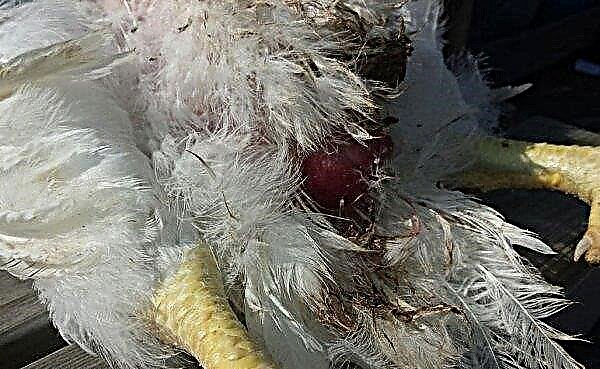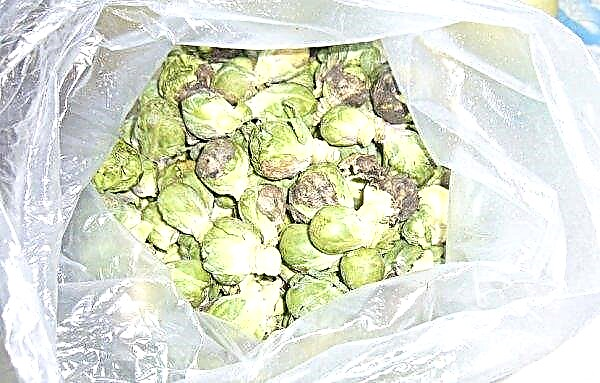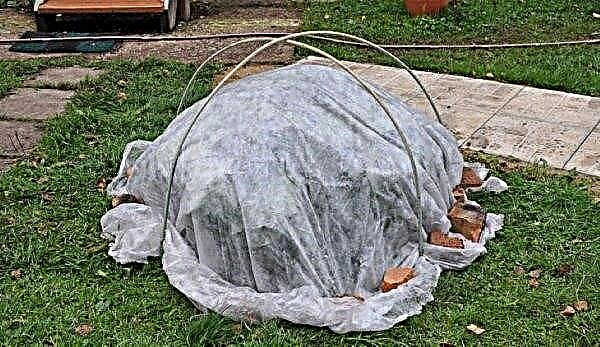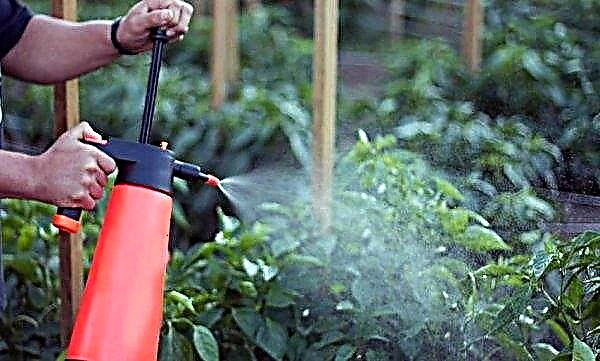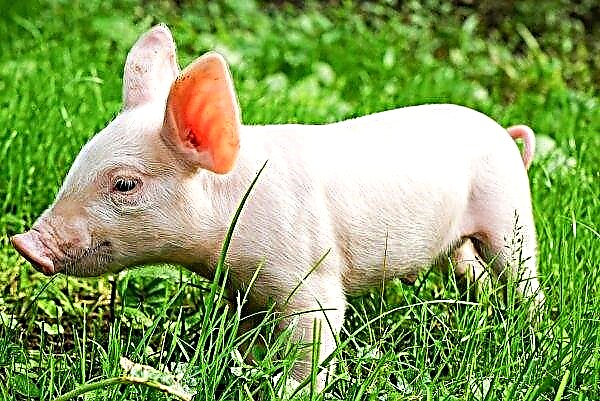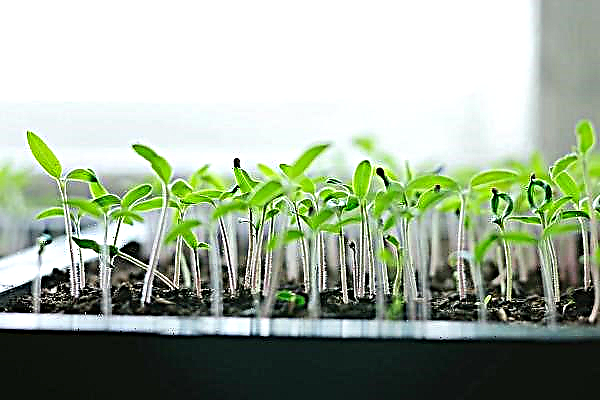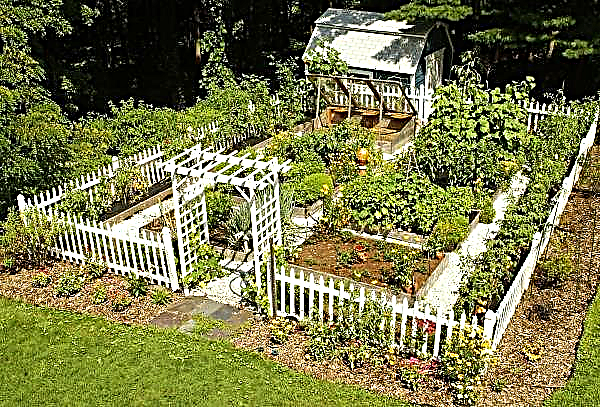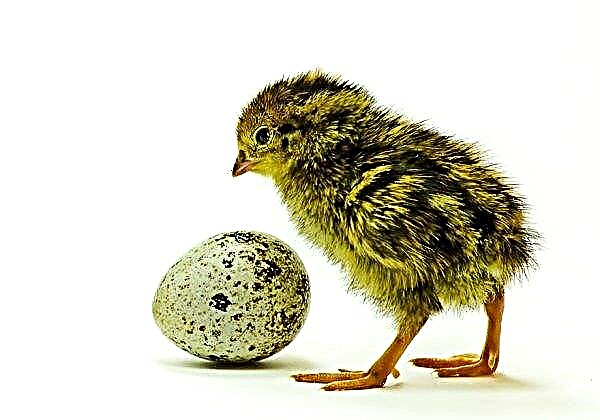Indoor violets are famous for a large number of species and varieties. To accommodate all the varieties you like, growers equip racks. How to make a do-it-yourself design, where to place it: more about this in the article below.
What you need to know about violets?
Violet, or Saintpaulia (botanical name) is a herbaceous annual or perennial. The plant forms a bush of leaf rosettes from 7 cm to 40 cm in diameter (depending on variety). Oval, round or heart-shaped leaves are pubescent with a soft pile. Leaf plates can be dark green, light green, have a variegation of yellow or white. Petioles are long, dense, light green.
The flowering period can last year round, it all depends on the conditions of detention and the type of plant. One peduncle can carry 3-5 flowers in the shape of a star or basket. Petals can be simple and terry, of various colors. Violet needs certain conditions:
Violet needs certain conditions:
- temperature - + 18 ... + 25 ° С (to protect from drafts);
- air humidity - 50% (close proximity to heating appliances is not desirable). It is impossible to spray the plant, fleecy leaves retain drops because of which rotting is possible;
- moderate watering - in the summer 2 times a week, in the winter once a week. The method of watering is wick or through a pallet (lower watering). Water settled, room temperature (+ 20 ... + 24 ° С).
How much light does a violet need?
Almost all species prefer bright, but diffused light, slight differences can be in the intensity and duration of daylight hours. For instance:
- varieties with variegated or dark green leaves need brighter and longer lighting;
- light green foliage needs more shading, daylight hours are two hours shorter.
 Direct sunlight is harmful for all species; they leave burns on delicate leaves. Depending on the type of daylight hours should last 12-14 hours a day. In winter, the duration of lighting is extended using artificial sources.
Direct sunlight is harmful for all species; they leave burns on delicate leaves. Depending on the type of daylight hours should last 12-14 hours a day. In winter, the duration of lighting is extended using artificial sources.Backlight for violets: what to use?
Professional growers who cultivate violets prefer LED lamps. The light spectrum of the devices is as close as possible to sunlight, the lamps do not overheat the soil and do not evaporate moisture, which makes them safe for flowers.
Did you know? The very first LED was introduced to the world in 1962 by General Electric.
In amateur floriculture, fluorescent lamps that can be connected to a conventional cartridge are more often used. The advantage of devices is in low price and in a variety of designs: compact or long lamps. Luminescent lighting also does not affect the temperature of the soil and air, a long period can be used.
Tips for placing violets on lamp shelves
In order for the plants to form a rosette of the correct shape and not to lose varietal features, they must be correctly positioned under the lighting devices. Rules for arranging colors under the lamp:
Rules for arranging colors under the lamp:
- The optimum height of the lamp above the flowerpot is 15–25 cm.
- Install the lamp directly above the plants.
- In order for the light to fall on the flowerpots, and not be scattered around the room, it is advisable to install mirrors on the edges of the shelf or make a reflector of foil.
- Senpolia with dark leaf color is located in the center of the shelf under the lamp.
- Flowers with light green foliage are placed along the edge of the shelf, at some distance from the lamp.
- It is advisable to equip the lighting devices with timers, allowing you to turn on the lighting for the required period.
Important! Lamps located too low can burn foliage and peduncles. Side light will cause the flower to reach the source, deforming the shoots, stretching the flower to the side.
Shelving
Placement of a stand for flowerpots is possible against a wall near a window or on a windowsill. For violets, the south-west or south-east direction of the windows is recommended. Each grower chooses a place, focusing on the dimensions of the living space and the number of flowerpots. The advantage of arranging shelves on window sills is that the flowers receive combined lighting: natural and artificial. In this case, the plant maximally reveals varietal characteristics. In addition, the rack, located on the windowsill, allows you to save the space of a small apartment. Such placement may be problematic for flowers in the summer heat due to solar activity. The problem can be solved with the help of blinds.
The advantage of arranging shelves on window sills is that the flowers receive combined lighting: natural and artificial. In this case, the plant maximally reveals varietal characteristics. In addition, the rack, located on the windowsill, allows you to save the space of a small apartment. Such placement may be problematic for flowers in the summer heat due to solar activity. The problem can be solved with the help of blinds.
- Racks placed along the wall have the following advantages:
- the ability to adjust the width of the shelves, respectively, to place more colors;
- the distance from the radiators will help to avoid problems with overheating of the soil and dry air;
- the structure can be made mobile and moved on different sides of the window to avoid pulling out the outlet.
Dimensions
The dimensions of the rack will depend on the number of plants that will subsequently be placed on the shelves, and on the location.
On the windowsill, the height of the structure will correspond to the height of the window opening, the same must be said about the length of the shelves and their width. The height and width of the rack mounted on the wall can be adjusted as desired. The design may be the height of the ceiling, but keep in mind the moment of flower care: how convenient it will be to carry out watering and dressing procedures. The distance between the shelves varies from 40 cm to 50 cm. Measuring the desired size, you need to take into account the height of the growing bushes of violets and the height of the artificial lamp above them.
The distance between the shelves varies from 40 cm to 50 cm. Measuring the desired size, you need to take into account the height of the growing bushes of violets and the height of the artificial lamp above them.
Did you know? The Romans considered violet a symbol of innocence. Wreaths of flowers were worn by brides and vestals (virgin priestesses of the goddess Vesta).
What material can be used to make shelves for plants?
When choosing the material for the shelves and the structure itself, consider its safety, strength, weight and durability, as well as the ease of installation and maintenance of the structure.
From wood
The advantage of wooden shelves is that, having a minimal set of tools in the house, you can cut shelves of any shape and size. The design can be made curly, geometric shape or classic.
Check out the features of growing such varieties of violets:
Tools and materials you may need:
- boards;
- metal racks and fasteners;
- saw and planer;
- drill;
- tape measure and pencil;
- hammer and screwdriver;
- sandpaper;
- varnish on wood, paint.

How to make plastic shelves?
Plastic is a practical and cheap material, easy to care for. A significant minus of the material is that it tends to overheat, losing shape and color. Therefore, a rack with plastic shelves is not recommended to be placed on window sills.
For shelf processing, it is easier to contact a plastic company. The length and width of the shelves is selected as necessary, a thickness of at least 50 mm is recommended.
Finished shelves will remain to assemble and attach to the racks. Holes for fasteners can be drilled with a drill.
Video: 5 secrets of the right shelving
Metal shelving
The frame is made of metal for the structure, and the shelves can be from any material you like. The advantage of metal in durability, in addition, it is easy to hide wires from the backlight or other household appliances in the hollow racks of the frame.
To work with metal you will need:
- a grinder or hacksaw for metal;
- welding machine.
Important! It is desirable to equip the bottom of the racks with plastic knobs so that there are no scratches and dents on the floor.
Installation instructions
Plant safety depends on the reliability of the mounts and the stability of the stand. It is not difficult to assemble the structure:
- To the racks of a metal structure with the help of a welding machine, lateral metal profiles or corners are attached to which shelves are then installed.
- To the posts from the metal profile, the side jumpers are bolted. After assembly, shelves are installed on them.
- The wooden frame is assembled and fastened with bolts or screws. As fasteners, metal corners can be used. Shelves are also mounted on jumpers pre-mounted on racks.
- The assembled structure is fixed with brackets, fixing one side to the wall, the other to the shelf. Drill the required number of holes with a drill (usually two for each fixture).
- Lamps are installed on the assembled structure - the rack is ready.
Metal carcass: Frame made of metal profile:
Frame made of metal profile: Stand for indoor violets will greatly facilitate their placement and maintenance. For the manufacture of the structure does not need to have special skills. The main thing is to think over the shape in advance, choose the material of manufacture, prepare the necessary tools, take into account the size of the plants and the availability of care for them in the future rack.
Stand for indoor violets will greatly facilitate their placement and maintenance. For the manufacture of the structure does not need to have special skills. The main thing is to think over the shape in advance, choose the material of manufacture, prepare the necessary tools, take into account the size of the plants and the availability of care for them in the future rack.


